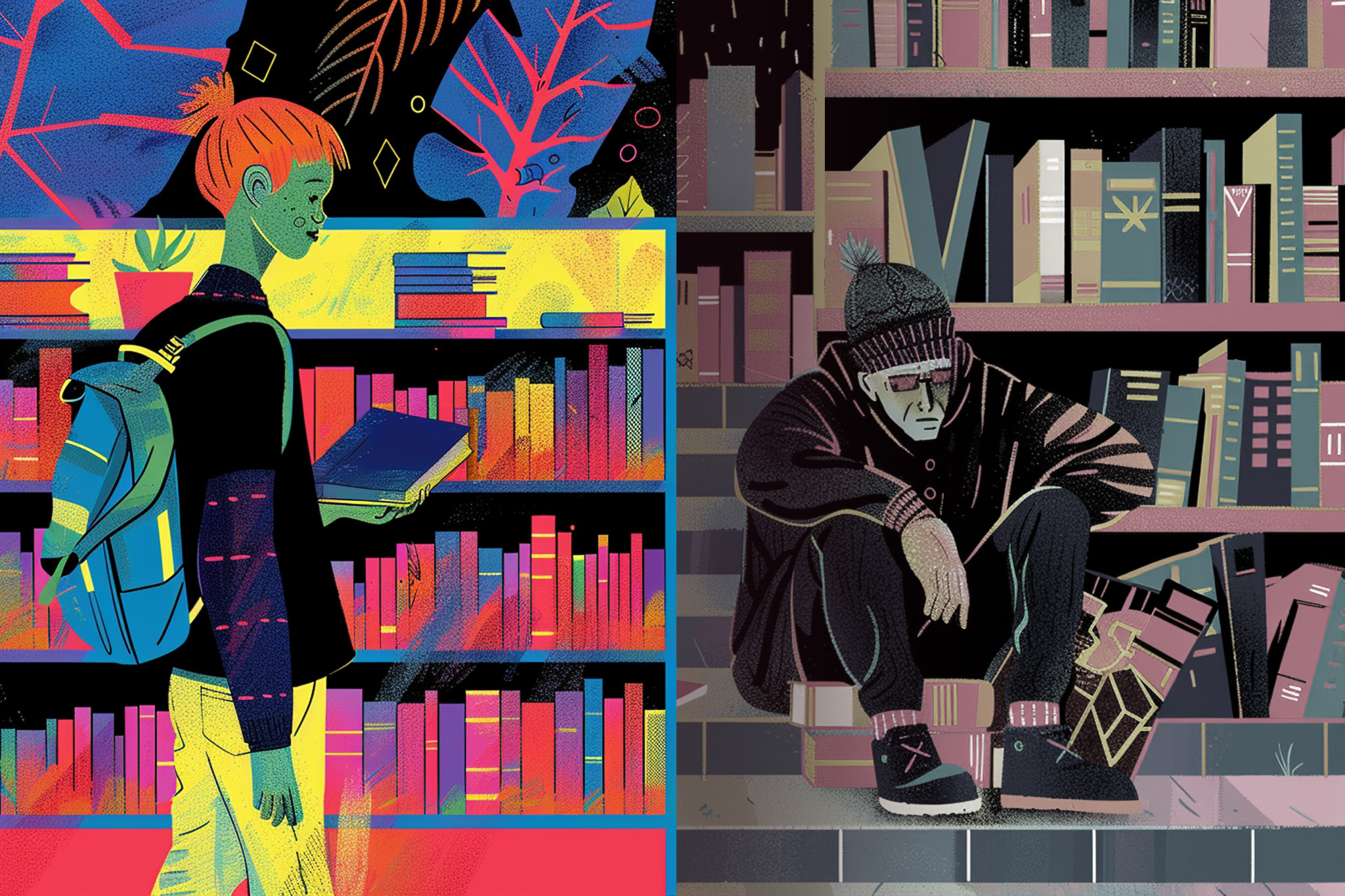Since my first day at San Francisco Public Library on March 17, 2014, safety and security have been my top priorities. I was tasked with revamping our conduct and behavior rules, including identifying what constituted minor, moderate and severe violations and the consequences for violating them.
It should come as no surprise that virtually every public issue facing society plays out within our walls or at our doorstep. Safety nets have frayed, and the gap between rich and poor has widened. When the library is enmeshed in issues like staff protesting to demand greater security and the recent drug crackdowns outside, they center on factors far beyond our control, namely the drug, homelessness and mental health crises.
For many, the library is a lifeline. We want to give folks an opportunity to correct their behavior, but we are also firm with those who commit the worst offenses. The Office of the Controller assessed our security operations and made 11 recommendations that we have painstakingly addressed. Notably, we improved data collection and incident reporting standards to track illegal or disruptive behavior. This helps us employ a data-driven approach to allocating security resources where they are most needed and most impactful.
In 2014, no SFPL branch library had a dedicated security officer. In 2024, the dozen libraries that, according to the data, need security now have an officer assigned to them. Partnerships with the San Francisco Sheriff’s Office and the nonprofit Urban Alchemy improve our patrons’ experiences at the Main Library.
An example of this is the Middle Ground installation, a collaboration with Urban Alchemy and the Exploratorium, located on the Fulton side. When The Standard wrote about it, it focused only on one component of this complex installation, but a fuller portrait includes all of the work of the Urban Alchemy team to transform Fulton Plaza through their warm, welcoming and engaging presence. Seeing is believing, so I encourage everyone to experience the installation for themselves. It also includes a coffee kiosk, so you can even treat yourself to the most affordable cup of hot joe in the city.
The library is the safest it has ever been. Of the 365,107 visitors who came to one of our 28 libraries in March, only 114 individuals violated our rules enough to register in our incident tracking database and have their library privileges suspended. This low volume (0.031% of visits) should not minimize how distressing and upsetting it can be for library staff to deal with these unfortunate incidents when they arise. As someone who came up through the ranks, I know firsthand that the trauma of these encounters is hard for everyone involved.
City residents can take pride in knowing our library system is taking a compassionate, customer-focused approach. In 2009, SFPL was the first system to hire a full-time psychiatric social worker. Today, we have bolstered this program with a team of four, soon to be nine, health and safety associates who once experienced homelessness and/or substance abuse disorder. These staffers are located at the Main Library and at our Mission Bay and Eureka Valley branches. They engage with patrons in a culturally competent manner and help get individuals in crisis referred to much-needed resources.
The library’s new Read to Recovery Initiative, created in partnership with Supervisor Matt Dorsey, provides free-to-keep universal access to literature on recovering from substance and alcohol use disorders. This pilot garnered national media attention, and we are now hearing from other systems that want to implement the program. Thanks to San Francisco voters, who overwhelmingly passed a 25-year renewal of the library preservation fund, we are well-positioned to have the resources to continue to meet the needs of our community far into the future.
In his groundbreaking book Palaces for the People, author Eric Klinenberg discussed how libraries as social infrastructure can help fight inequality and the decline of civic life. To quote the proverb, “If you want to go fast, go alone; if you want to go far, go together.” As we collectively address the most pressing issues facing our city, I encourage you to patronize your neighborhood library.
San Francisco’s is the only major urban library in California that has all our branches open seven days a week—1,462 service hours every week. Our community will be stronger and healthier when every one of those hours sees our libraries filled with thriving, vibrant, diverse patrons taking advantage of and sustaining this remarkable part of our civic fabric. Together, we can ensure a more democratic, equitable and vibrant San Francisco.
Michael Lambert is the city librarian for the San Francisco Public Library. He is the first Asian American to serve in that role and is the incoming president of the national Public Library Association.
